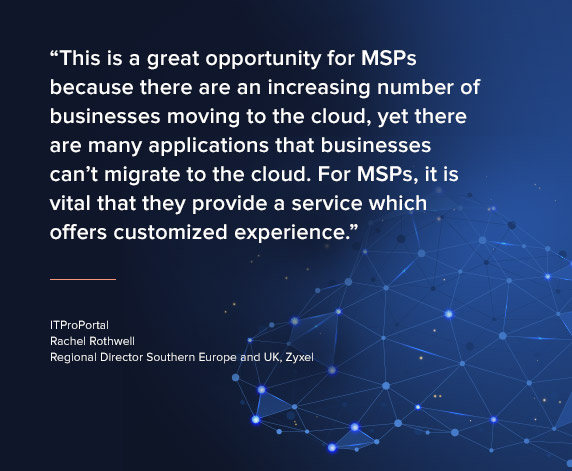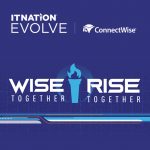The future is bright for MSPs: change through automation
It’s that time of year again, to scan the trade media for those lookahead, year ahead and predictions stories that tell you what you want to hear.
Jokes aside, HyAlto is the company it is today, with the focus it has today, because of the trends we saw in the MSP marketplace several years ago. This is continuously affirmed by the conversations we have with prospects about the business challenges they face to adapt and prosper in an increasingly multi-cloud world.
Deliver a customized experience
This trends piece for the year ahead at ITProPortal talks about how enterprises are increasingly turning to an MSP to help them take full advantage of cloud services:
 This of course requires that MSPs invest in the modern automation tools that enable them to deliver that “customized experience.” As we have said before, it’s all about offering the client flexibility and the means to ensure their cloud spend is as efficient and cost-effective as possible.
This of course requires that MSPs invest in the modern automation tools that enable them to deliver that “customized experience.” As we have said before, it’s all about offering the client flexibility and the means to ensure their cloud spend is as efficient and cost-effective as possible.
Automation is the key
Did we say automation? That brings us to this insider predictions article from Channele2e. The focus here is around documentation, versus HyAlto’s focus on private cloud, but the pain points are the same. This article emphasizes the need for MSPs to adopt more automation tools. It also stresses the point that increased automation doesn’t mean people will lose their jobs. Instead, it will help address IT labour shortages and allow technical staff to spend more time on higher-value, client-facing activities.
As the article states:
“MSPs will be using automation in new and advanced ways, to address large-scale repetitive actions in a consistent way. PSA and RMM brought a strong baseline for automation, but the manual tasks are still there. Filling in those gaps to automate processes far beyond the endpoint should be the goal for MSPs, so they can gain instant visibility and do more with their current teams.”
From our perspective, automation is key to take the manual labour out of monitoring a customer’s cloud service usage and compiling accurate data at month end with which to feed the billing system. We encounter all the time situations where MSPs lose far too many hours each month on labour-intensive and error-prone manual processes. These hours often involve the time of a senior technical person who should be focused on billable client work.
‘Hybrid/multi-cloud remains ascendant’
Meanwhile, Joel Friedman, CTO of Rackspace, tops his predictions article with the point that underpins all the above – “hybrid/multi-cloud remains ascendant.”
To quote:
“Smart organizations have locked onto the benefits of running apps and data in the places that make the most sense, whether that’s public or private cloud, colocation or, most commonly, a bespoke combination of these that can evolve as business needs and resources dictate. However, the complexity of managing multiple clouds across the dimensions of cost, security, governance, identity and DevOps patterns will continue to grow in 2020.”
Further to that point, as we shift into a new decade, more companies than ever are looking toward hybrid and private cloud for their infrastructure choices.
Earlier in the year, Rackspace carried out a study with 451 Research that, among other findings, reported the need for enterprises and managed service partners to “do a better job communicating around scope, pricing and even structuring the relationship itself.”
MSPs must invest in new technologies
All of this again speaks to the need for MSPs to invest in automation tools that streamline and simplify the provisioning, management, monitoring and billing of cloud services from multiple providers.
HyAlto’s final assessment – the future is bright for MSPs and the automation tools exist to help them help their enterprise clients overcome the growing pains of the multi-cloud … they just have to appreciate the value of investing in them.






